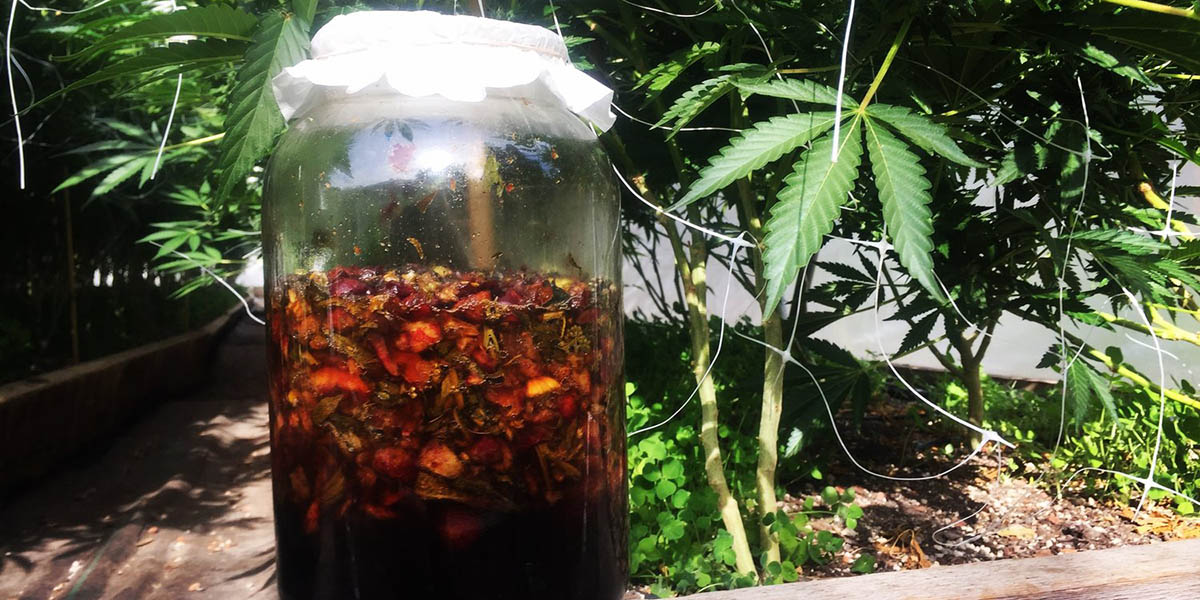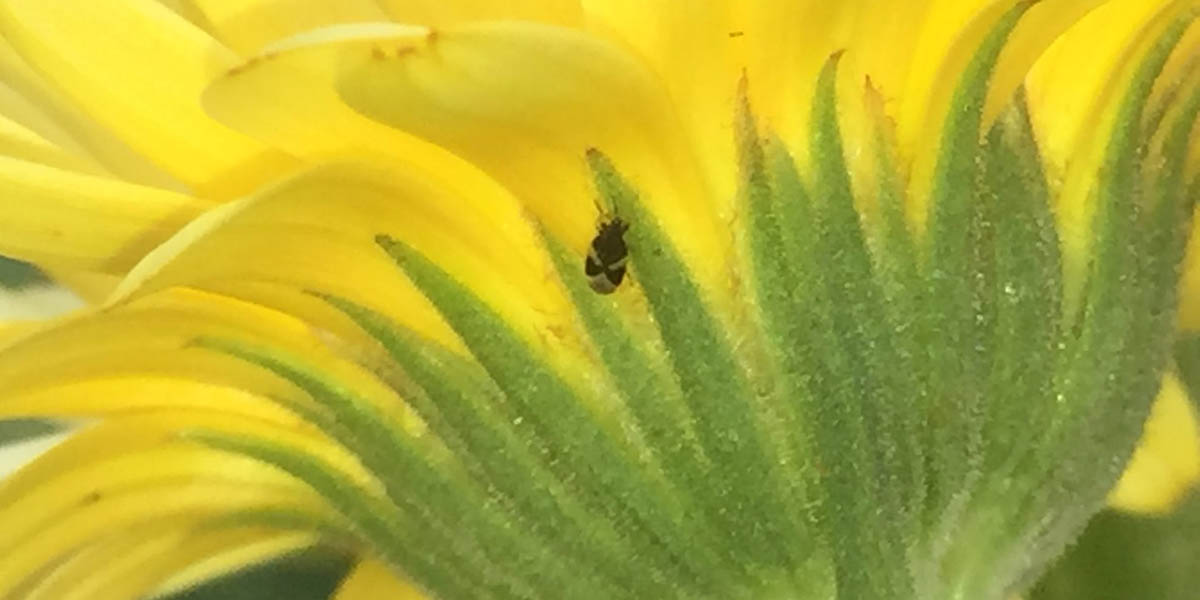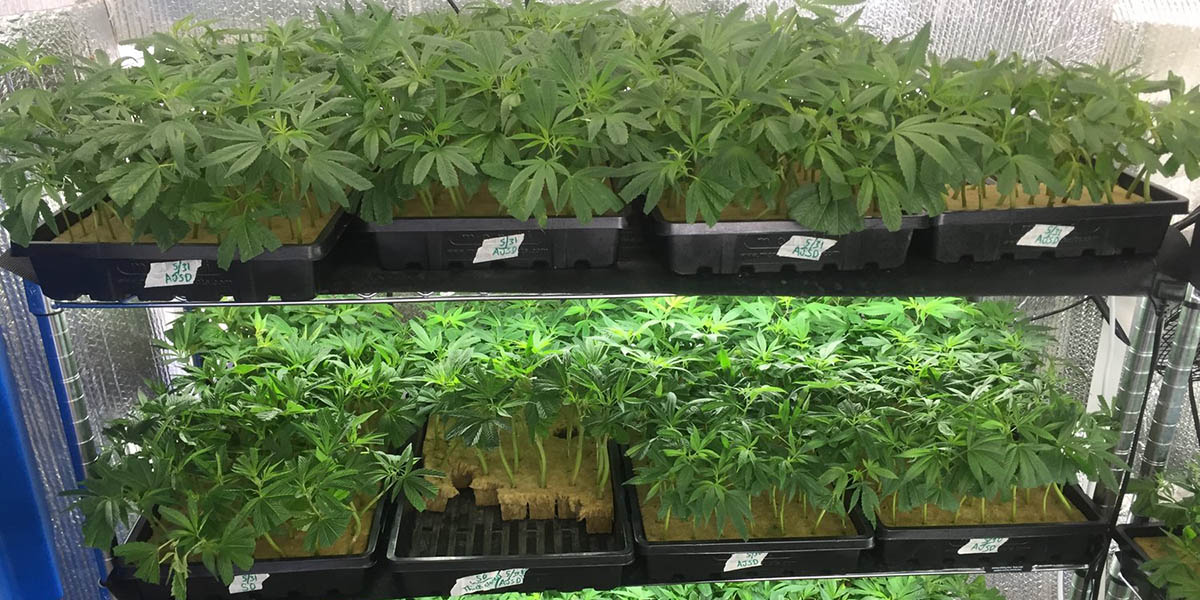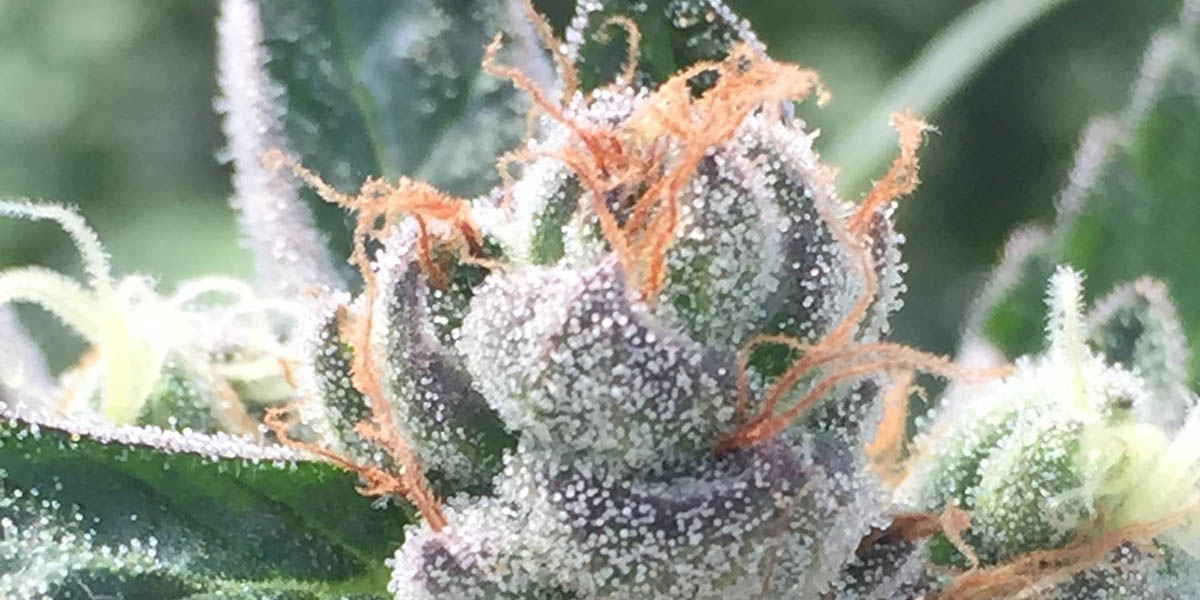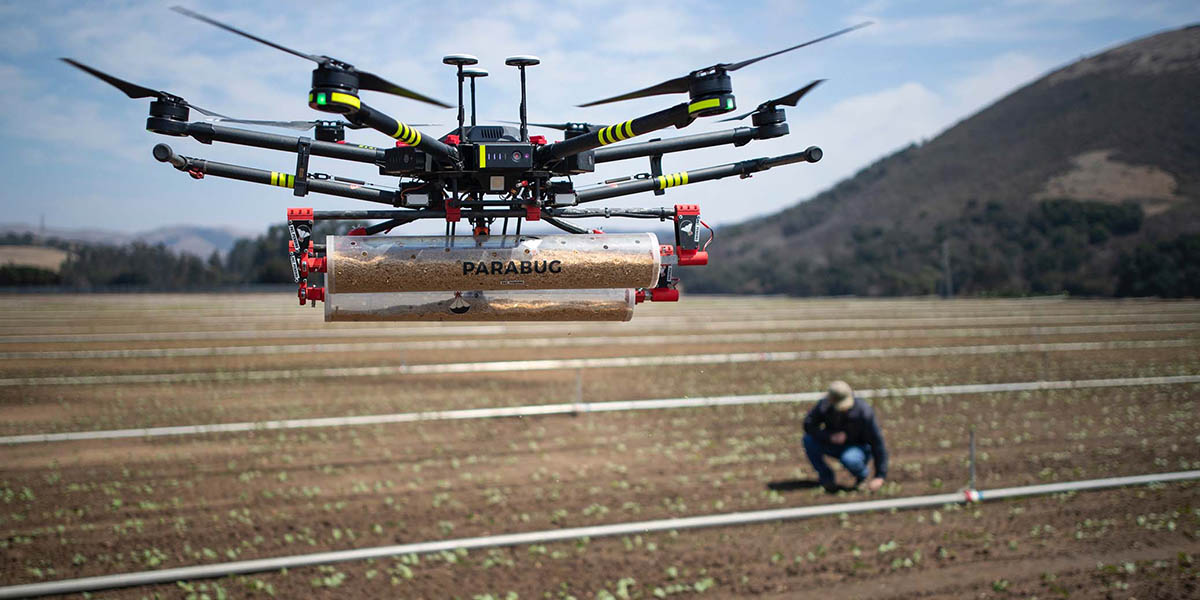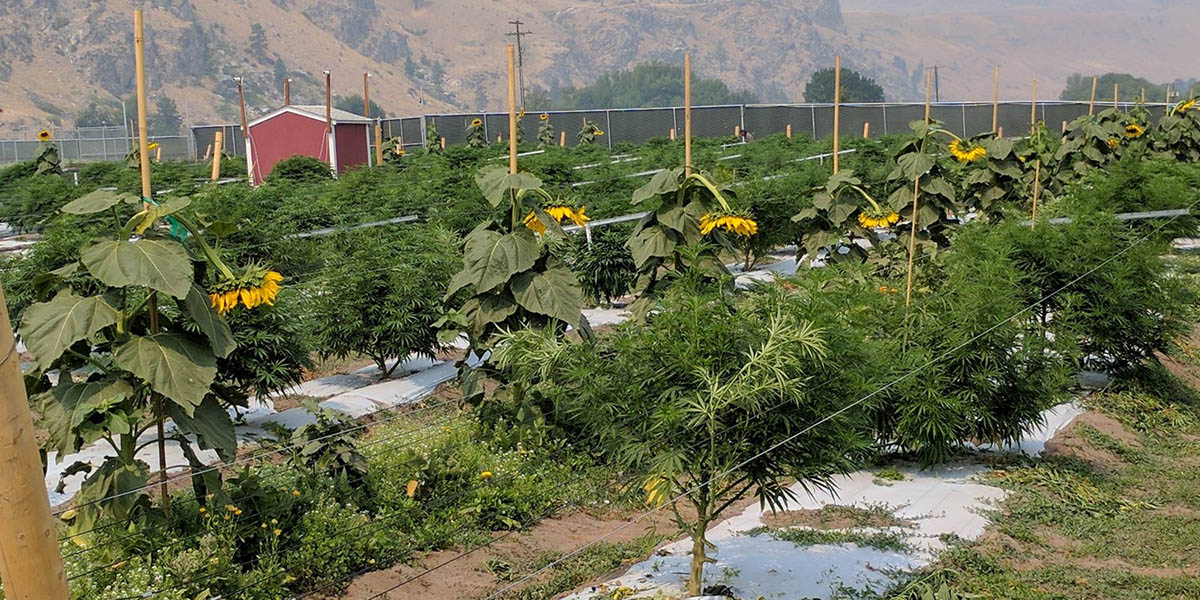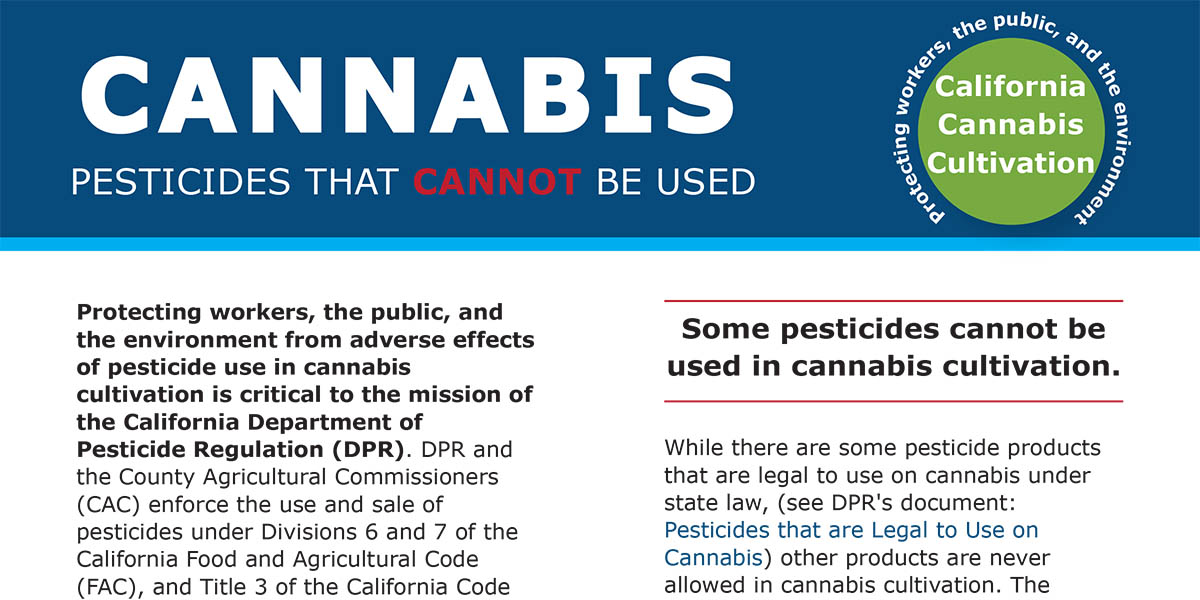Fermented Plant Juice (FPJ) Video Tutorial
This is a 25 min tutorial on creating Fermented Plant Juice (FPJ). In this video we create an FPJ using flowering herbs in our environment. We also explore the nutrient and phyto-chemical contents of these flowering herbs and the methodologies to make a proper FPJ.
…Fermented Plant Juice (FPJ) Video Tutorial Read More »

